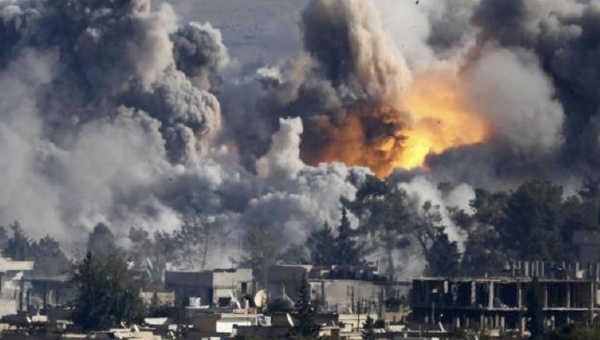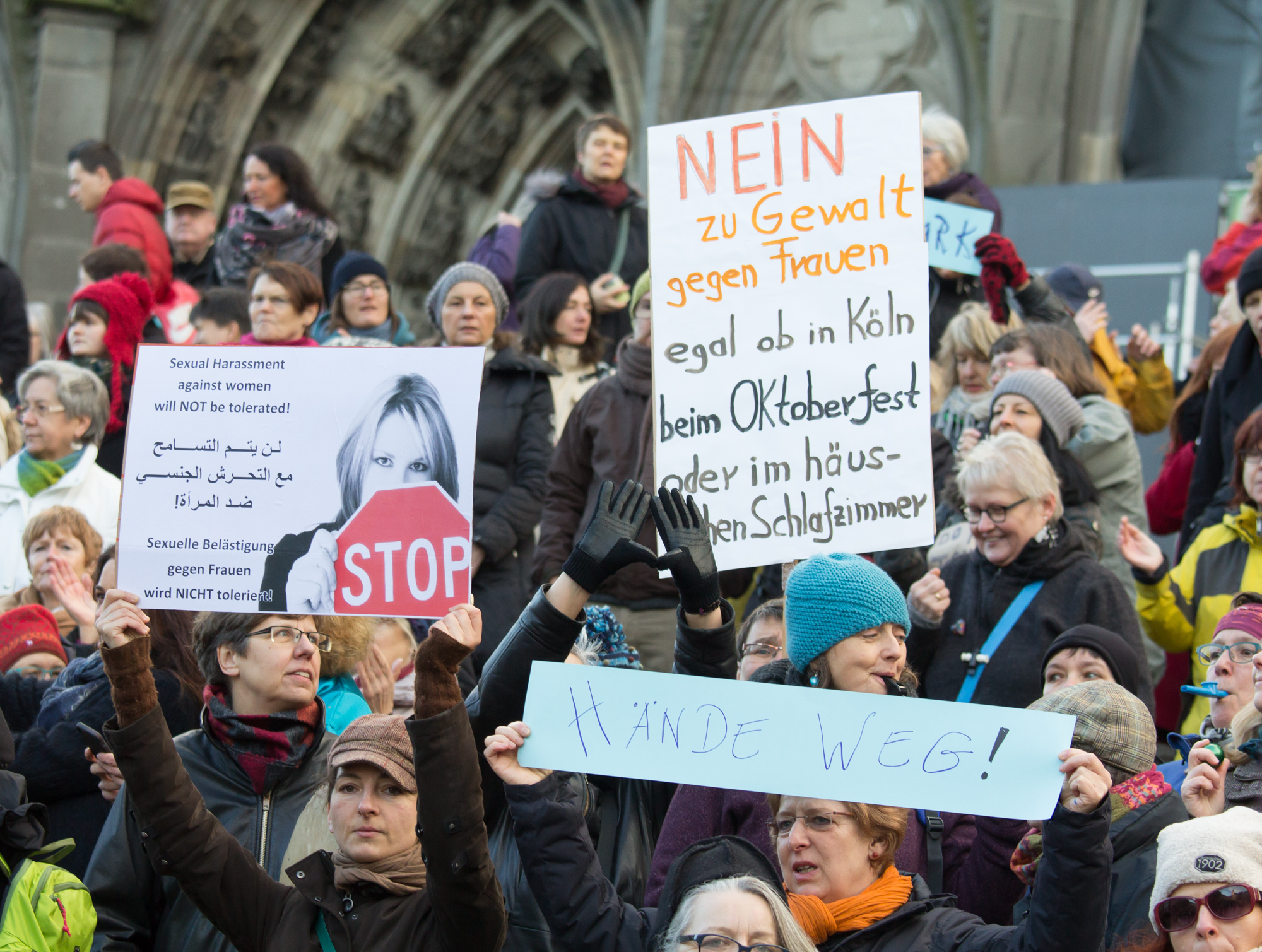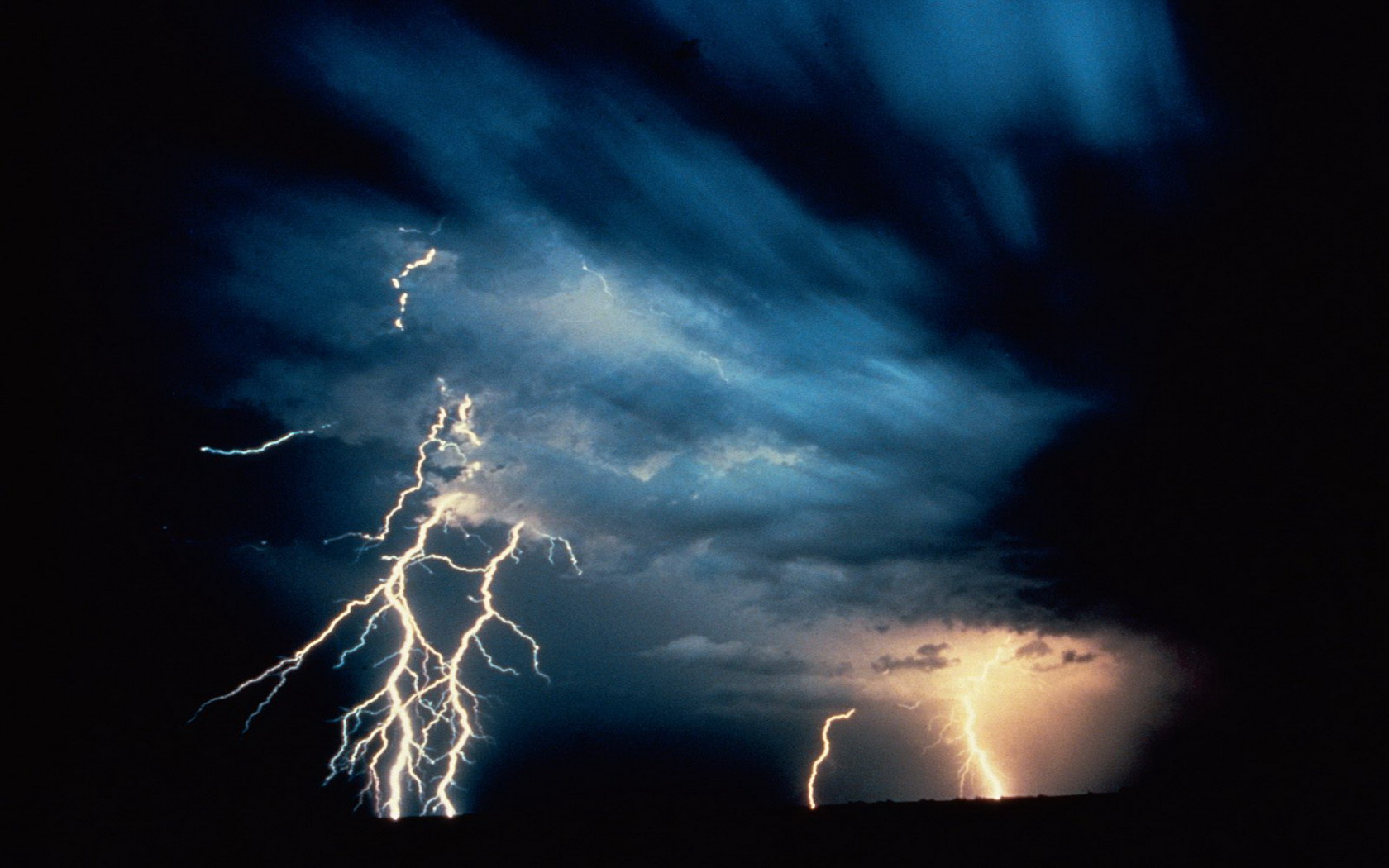Surely by no coincidence, fighting in eastern Ukraine has temporarily abated just as Russia has made significant military moves in the Middle East. On September 30, Russia carried out its first military airstrikes in Syria, launched from a newly established airbase in Latakia. The Russian military announced its jets conducted 20 flights and successfully destroyed eight targets belonging to the Islamic State in Iraq and Syria (ISIS) near the Syrian city of Homs. It was widely reported, however, that the targets were opposition groups unrelated to ISIS. In a way reminiscent of the 1979-1989 Soviet-Afghan War, Moscow’s decision to send troops into Syria, and its criticism of the West for supporting so-called terrorist groups in the battlefield, underscores deep-seated differences between Russia and the United States and opens up a new front in the burgeoning rivalry between the former Cold War adversaries.
Washington has vociferously aired its concerns about Moscow’s heightened involvement in the Syrian fighting. U.S. Secretary of Defence Ashton Carter condemned the airstrikes as “tantamount to pouring gasoline on fire” in Syria, and stressed that “fighting [ISIS] without pursuing parallel political transition only risks escalating the civil war in Syria.” Concern has also been raised that Russia’s military buildup in Syria could lead to an unintentional confrontation with American warplanes operating against ISIS in the country.
In his recent speech to the UN General Assembly, Russian President Vladimir Putin stressed that he aimed only to combat ISIS and criticized the international community for not doing enough to counter this threat. Parting sharply from the West’s insistence that Syrian President Bashar al-Assad cannot be part of a long-term political resolution, he declared, “We think it is an enormous mistake to refuse to cooperate with the Syrian government and its armed forces, who are valiantly fighting terrorism face to face.”
By contrast, President Obama, in his own speech to the UN General Assembly, acknowledged the importance of military action against ISIS, but held the Assad regime responsible for initiating the conflict by killing unarmed protesters. “Lasting stability can only take hold when the people of Syria forge an agreement to live together peacefully,” he said, “and realism…requires a managed transition away from Assad and to a new leader.”
The Russian and American agendas in Syria are at loggerheads. One sees the solution in backing Assad, while the other sees Assad as the root of the problem. If this is not enough, there is yet another degree of difference, one that pertains to the level to which each side identifies complexity in the situation. To Obama, there “are no easy answers to Syria,” but to Putin, there is a simple answer to why he pushed his forces into the fray: Assad is a legitimate leader fighting Islamist militias backed by Western powers delusional enough to think there is such thing as a democratic revolution.
As the Russian president said at the UN, “everyone just keeps repeating [others’ mistakes], and so the export of revolutions, this time of so-called democratic ones, continues.” Whether it is in Georgia, Ukraine or now in Syria, Russia opposes Western attempts to export democracy and will always stand against the “brazen destruction of national institutions.”
The situation in Syria bears striking resemblance to Soviet-invaded Afghanistan. Aside from parallel death tolls and refugee estimates, Moscow entered Afghanistan just as its ally, the communist People’s Democratic Party of Afghanistan (PDPA), was cracking up under the armed opposition’s attacks. In the same vein, the Assad regime had lost control over most of Syria to various rebel groups before calling for increased assistance from the Kremlin.
Additionally, Russia happens to face the same enemy in both wars. On the one hand, the enemy on the battleground is Islamist militias. Russia fought the Mujahedeen in Afghanistan and is now chasing after a diverse mix of rebels whom it claims are all extremists. On the other hand, these armed groups relied on U.S. largesse. In Afghanistan, the U.S. gave substantial financial and military support to the Mujahedeen militias in their struggle against Soviet forces. In Syria, although Washington has acknowledged the presence of some extremist groups among the rebels fighting Assad, it has dubbed others “moderate” and given them materiel aid.
The resemblance between the two wars could lead to similar consequences. In Afghanistan, Moscow’s intervention only exacerbated the conflict. For an entire decade, the Mujahedeen used the Soviet invasion to rally thousands of fellow Muslims to their cause and exploited the Soviet-American rivalry to tap into unprecedented flows of Western funding.
Today in Syria, Moscow’s armed intervention may do ISIS a similar service, by stirring Sunni outrage and enabling the group to attract even more recruits. Putin keeps blaming the West for repeating past mistakes, while his country is doing just the same.




